Yellow Corn Maize
Yellow Corn (Zea mays) is a widely cultivated cereal grain known for its vibrant yellow kernels and its versatility in various culinary and industrial applications.
₹1,000.00
Yellow Corn (Zea mays) is a widely cultivated cereal grain known for its vibrant yellow kernels and its versatility in various culinary and industrial applications. Here’s a comprehensive overview of yellow corn:
Plant Size and Type: Yellow corn plants can vary in size, but they typically reach heights ranging from 6 to 12 feet (1.8 to 3.6 meters). They are annual plants that belong to the grass family (Poaceae). Yellow corn is classified as a warm-season crop, meaning it thrives in regions with warm temperatures and a sufficient growing season.
Taste and Color: Yellow corn is characterized by its sweet and slightly nutty taste, which makes it a popular choice for both fresh consumption and processing. As the name suggests, the kernels are bright yellow in color, and they have a tender, juicy texture when cooked.
Soil Type for Growth: Yellow corn prefers well-drained, loamy soils with a slightly acidic to neutral pH range. It thrives in soils rich in organic matter and nutrients. Adequate moisture and sunlight are also crucial for healthy corn growth.
Regions of Production: Yellow corn is cultivated around the world, with the United States being one of the largest producers. In India, the main regions for yellow corn production include states like Karnataka, Andhra Pradesh, Maharashtra, and Telangana.
Maturity Period: The maturity period of yellow corn can vary depending on the specific variety and environmental conditions. On average, it takes about 75 to 90 days from planting to harvest for most varieties of sweet corn. Field corn varieties, which are primarily grown for animal feed and industrial purposes, may have a longer maturity period.
Environmental Conditions: Yellow corn thrives in warm temperatures, typically between 60°F and 95°F (15°C to 35°C). Adequate rainfall or irrigation is necessary during the growing season. Corn is sensitive to frost and requires frost-free conditions for optimal growth.
Physical Properties and Ingredients:
- Kernels: Yellow corn kernels are oval-shaped, plump, and filled with starch. They contain carbohydrates, dietary fiber, and essential vitamins and minerals, including vitamin C, folate, and potassium.
- Stalks: Corn plants have sturdy, tall stalks with large, flat leaves.
- Ears: The ears of corn grow on the stalks and consist of rows of tightly packed kernels attached to a central cob.
- Silks: Silks emerge from the top of the ear and serve as the female reproductive parts of the plant.
- Tassels: Tassels are the male reproductive organs and are found at the top of the plant.
Shelf Life After Harvesting: The shelf life of yellow corn after harvesting can vary depending on storage conditions. When kept in a cool, dry place, fresh corn on the cob can last for about 5-7 days. However, corn can be frozen for longer-term storage, extending its shelf life for several months.
Storage Conditions: To store fresh corn, keep it in the refrigerator with the husks on. Freezing corn involves blanching the kernels first and then packaging them in airtight containers or freezer bags. Dried corn can be stored in a cool, dry place.
Uses and Consumers:
- Fresh Consumption: Many people enjoy yellow corn on the cob, boiled, steamed, or grilled, often seasoned with butter and salt.
- Canning and Freezing: Yellow corn is commonly canned or frozen to preserve its freshness for use in various dishes throughout the year.
- Animal Feed: Field corn varieties are primarily used as animal feed, providing a valuable source of nutrition for livestock.
- Industrial Uses: Corn is used in various industrial processes, such as the production of corn syrup, cornstarch, ethanol, and biofuels.
- Ingredient in Food Products: Corn and its derivatives are used in a wide range of food products, including snacks, cereals, and baked goods.
In summary, yellow corn is a versatile and widely grown crop with applications ranging from fresh consumption to industrial use. Its sweet taste, vibrant color, and nutritional value make it a popular choice for both farmers and consumers around the world.

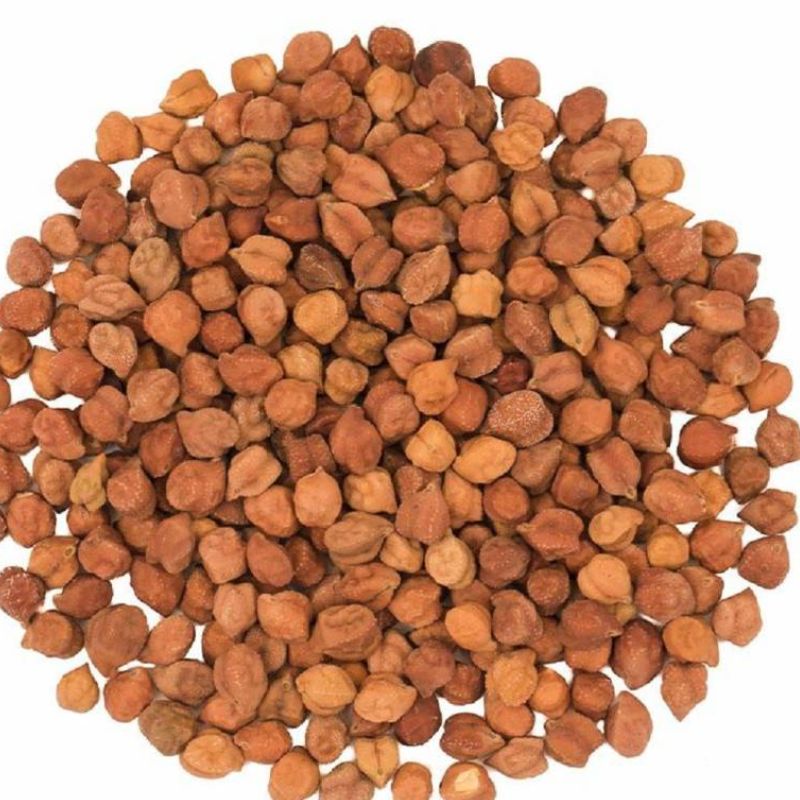
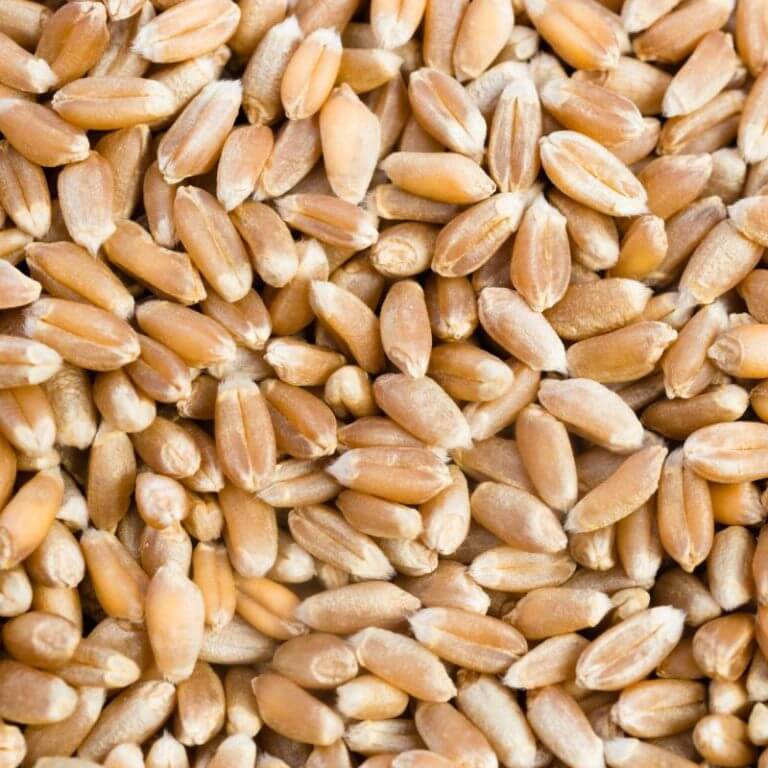
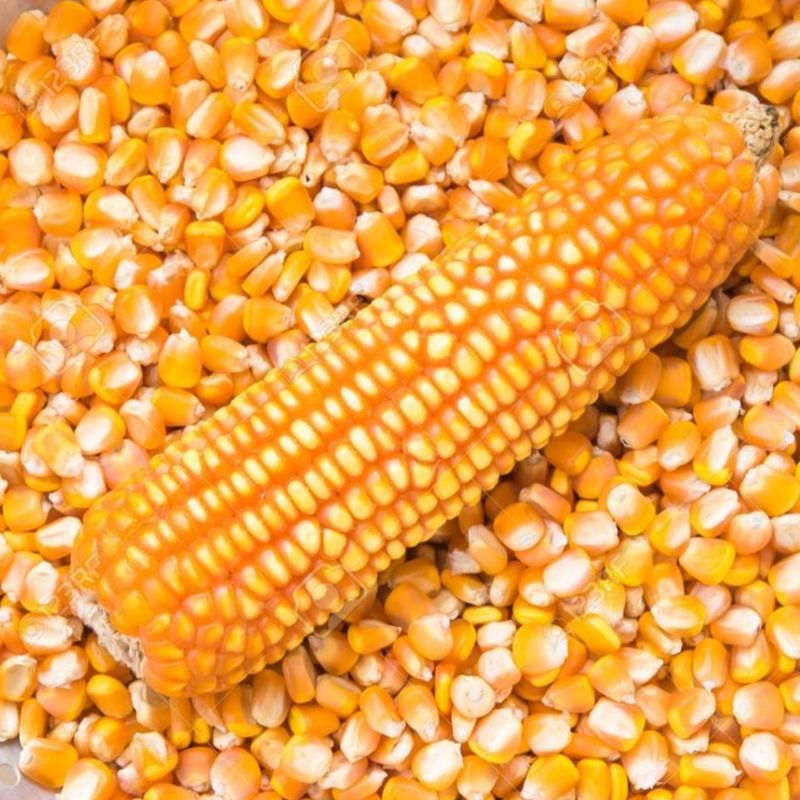

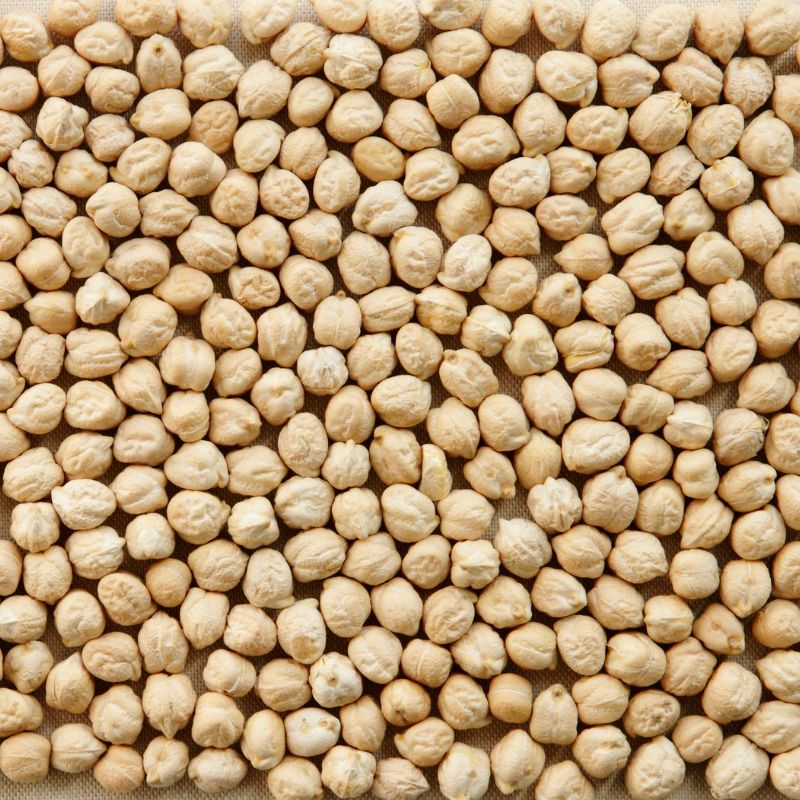
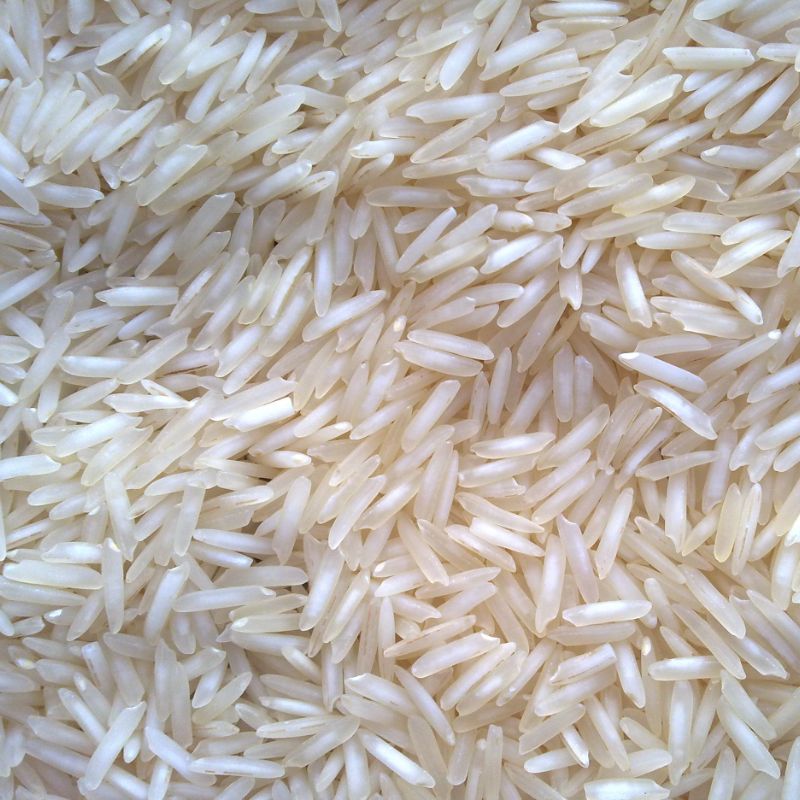
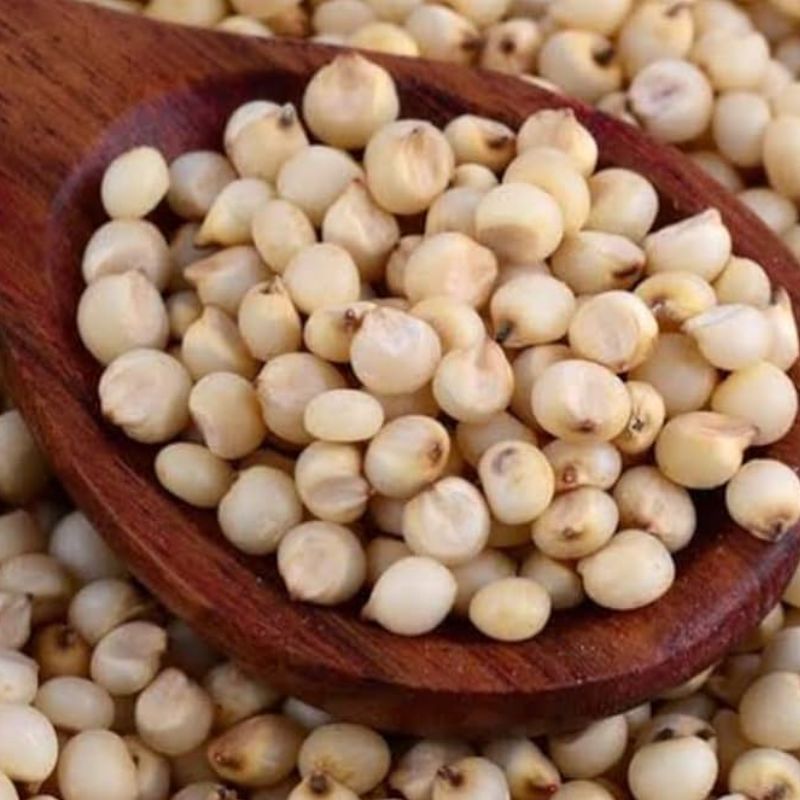
Reviews
There are no reviews yet.